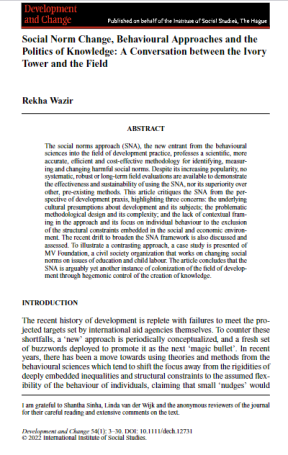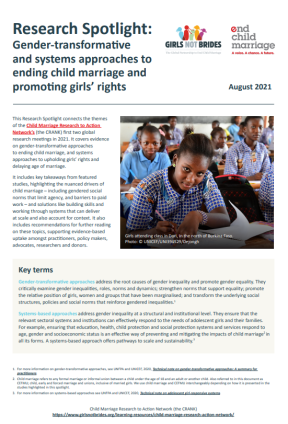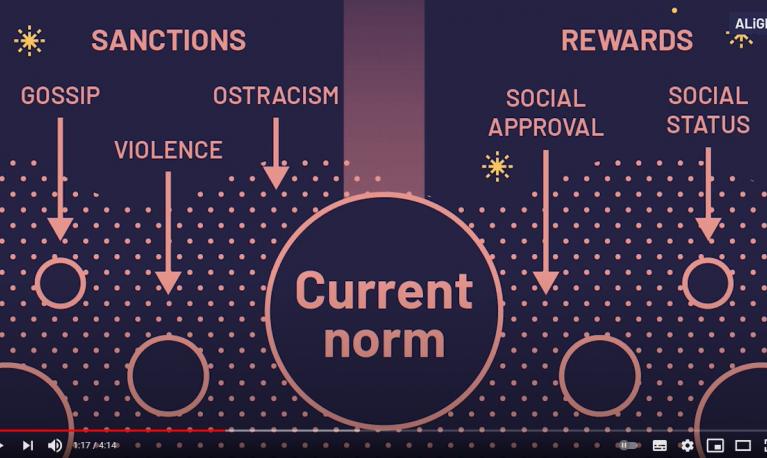
- Blog
- 5 Marzo 2019
This blog is part of a special series marking the launch of the updated 2019 Social Institutions and Gender Index (SIGI).
The terms gender and social norms have become increasingly used in development discourse. They focus on the core of discrimination: people’s attitudes and behaviours as held and enacted by individuals, as housed in social institutions, and as codified in formal and informal laws. These attitudes and behaviours push women and girls to the margin of society, leaving them disempowered and often impoverished. But changes in these social and cultural rules are not simply cosmetic; social norms are being actively contested and changed, and these changes have the potential to endure and make a real difference.
However, changing norms, or the rules underpinning discriminatory attitudes and behaviours in our daily lives, can face difficulties on multiple fronts. For one, norm change can look dangerously like a magic bullet for fixing social problems. As work on norm change grows in popularity in the development sector, these efforts risk overlooking the complexity of what works to change norms and the multi-level nature of change that is required. At the same time, others see norm change as too challenging. Efforts to change norms can be difficult, highly political and risk provoking backlash.
So is it worth trying to address norms? And if so what action is required?
Continue reading...
This blog is part of a special series marking the launch of the updated 2019 Social Institutions and Gender Index (SIGI).
Journal article
24 Agosto 2022

Briefing paper
1 Agosto 2021

Video/podcast
5 Julio 2021
